Fission Particles
Quarks Leptons Bosons
Hadrons and Fermions

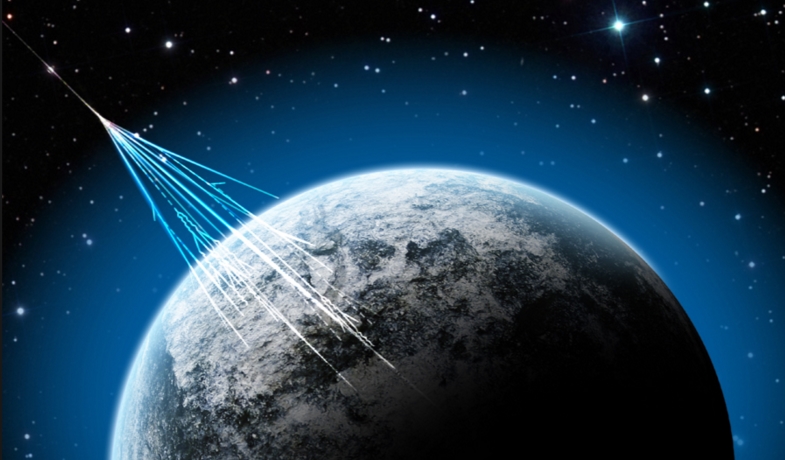
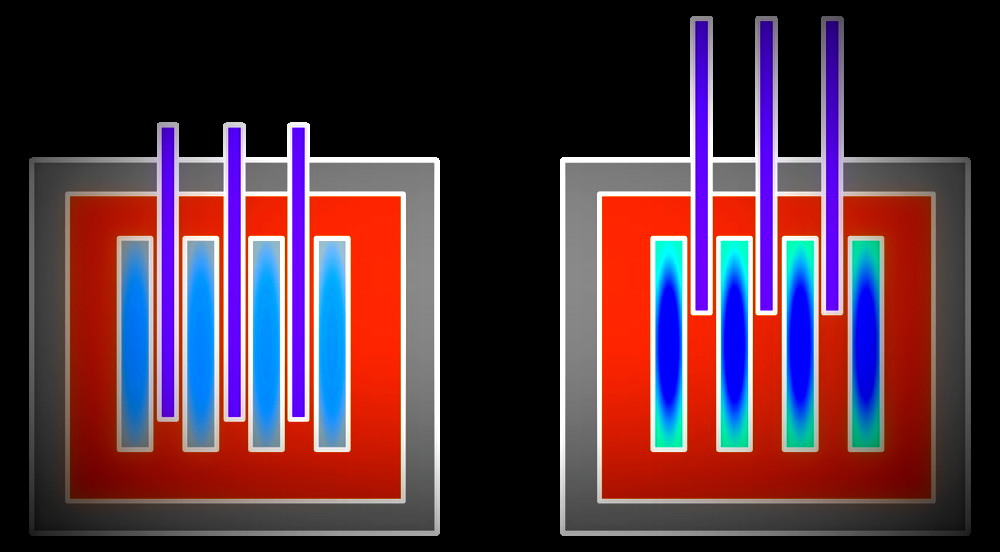

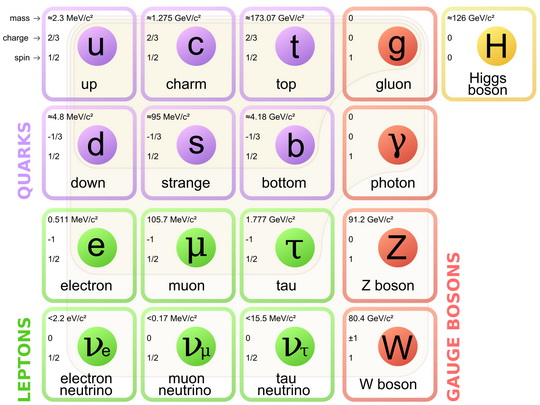
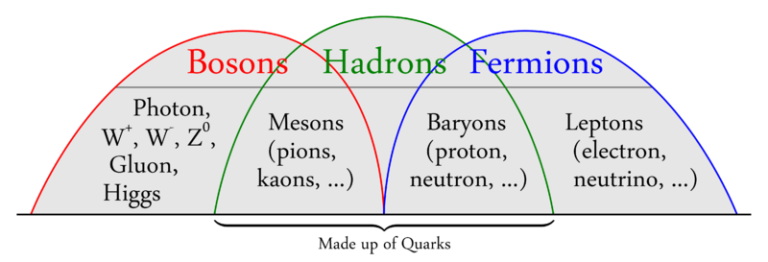
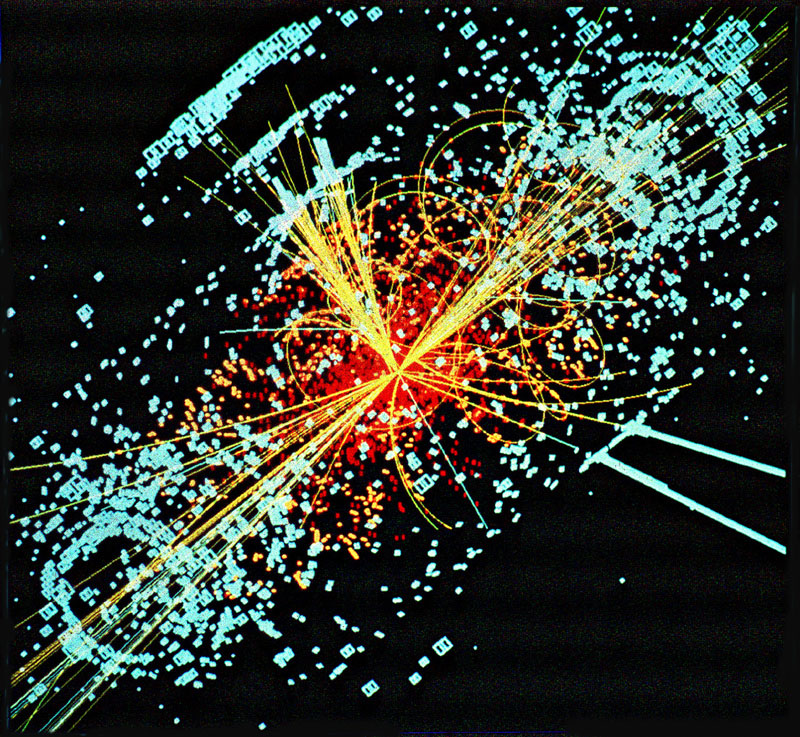
|
The World of Fission Particles Quarks Leptons Bosons Hadrons and Fermions |
 |
 |
 |
 |
 |
 |
 |
Fission / Super-Symmetric Particles and TLU. There are many primary structures of Universal Particles in the Universe. These are the magnetic fields, Looping magnetic fields, Quantum Torus / Ring Fields, Evolution Particles (Protons Electrons), Compression Particles (Neutrons Neutrino's), and Fission Particles (Quarks Leptons and Bosons etc.)
Let's talk about Fission Particle Structures. When you accelerate Protons to extreme energy levels, then force them to collide, what you get are splinters. Yes, all Quarks, Leptons, Bosons etc. are splinters of primary particles. (primary particles are Protons, Electrons and Neutrons). The splinter particles do not evolve separately and form a Proton. The Proton evolves first. All the ingredients for making splinter particles are present in a Proton, but these smaller particles do not exist yet. The instant a Proton is torn apart, it creates these sub-subatomic particles. Immediately they try to regain balance because they are now in chaos. This means that you could never reconnect them to form a Proton because they have evolved into new configurations. Their mass and electrical properties are misleading because they are now unique unto themselves. They are no longer in harmonious support of the Proton. They are, Fission Particles.
Fission particles have unique construction because of the chance separation. Like broken glass. They have many electrical, magnetic and Mass configurations because of how they split apart. It is logical that their Mass, Electrical and Magnetic properties would add up to create a Proton, but, it is not logical that you could make this happen. It is also logical to group these particles into different categories according to different characteristics, but it is not logical you can make a Proton from the ingredients. This is because Protons are constructed in an evolutionary process. They are made from Universal Particle strings that have formed closed magnetic loops, and shorter, open loops in between. (a Horn Torus Structure). On the other hand, Quarks Leptons and Bosons are not created in the evolutionary process. They are random structures produced by violent collisions or the tearing apart of body's like atomic nuclei. So, before the creation of the proton there were only chained magnetic fields, there were no Quarks, Leptons or Bosons at that time.
* Conclusion, Splinter Fission Particles are not unique for the Proton. If the Neutron or an Electron is violently struck, they also will produce these particles when they split apart. (b) If Fission / Splinter particles can't reach stability, they will evolve into higher entropy, or be re-absorbed back into the Dark Matter Sea. They can not regroup. (c) One last observation, and it is a big one. We call Quarks, Leptons and Bosons fission particles because they are mostly created by violent collisions, but, they can also be produced by tearing apart structures of Protons Neutrons, Electrons and their quantum fields. This would happen by encounters with the ripping gravity currents of a Black Star, or, Dark Energy. Both of these forces are capable of creating "Fission Particles."
 |
Fission Neutrinos and Compression Neutrinos |
There seems to be confusion
about Neutrinos of the Standard Model and Neutrinos of The Logical Universe. It
is the prediction of TLU, that a Compression Neutrino is a stable and closed
structure and is an interstellar traveler. It was made by compressing an
Electron in such an event as a Nova explosion. On the other hand, Fission
Neutrinos are the result of collisions of subatomic particles and have different
structures. They are similar in size and electric charge but are unstable. These
are the Ve, Vu, Vt Leptons. Because fission neutrinos didn't evolve by the
harmonious pairing of fundamental matter, they try to balance out their
body's after force separation, thus changing properties in the process.
Conclusion - It is logical to assume that compression Neutrinos are relatively rare, while Fission Neutrinos are not. Fission particles can easily be produced by colliding subatomic particles in Stars, the Atmosphere, Accelerators or Reactors.
| Super-Symmetric
-
Particle Principle these theorized particles are not part of the Logical Universe Theory |
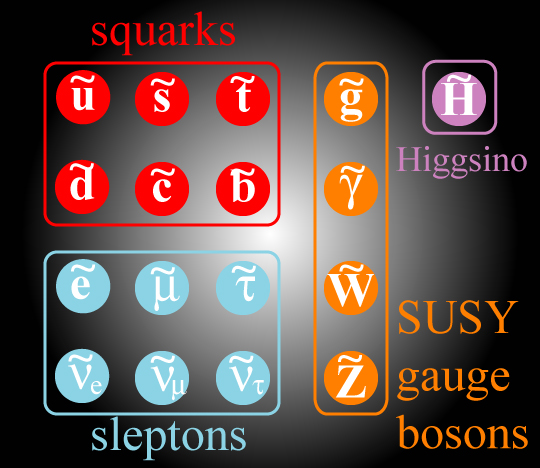 |
It is mathematically possible that there is a Super-Symmetric twin for each Fission Particle, but the chances of creating or finding one are minuscule. This is because of the complexity and randomness of each fission particle. These particles are not identical but can be grouped into categories based on individual characteristics. On the other hand, there is almost an infinite number of Super-Symmetric Particles in The Logical Universe. These would be the Universal Particles themselves. They are all tiny, physically interacting because of a magnetic polarizing force, and, they all have spin energy. It is the spin energy that creates the pulling, pushing, expanding and shrinking of space.
To sum up, Super-Symmetry does exist in The Logical Universe but not at the Quark, Lepton level. It has one more step to go before the essential building block of the Universe is found. This is the incredible, infinitely small, sphere of Matter, the "Universal Particle."